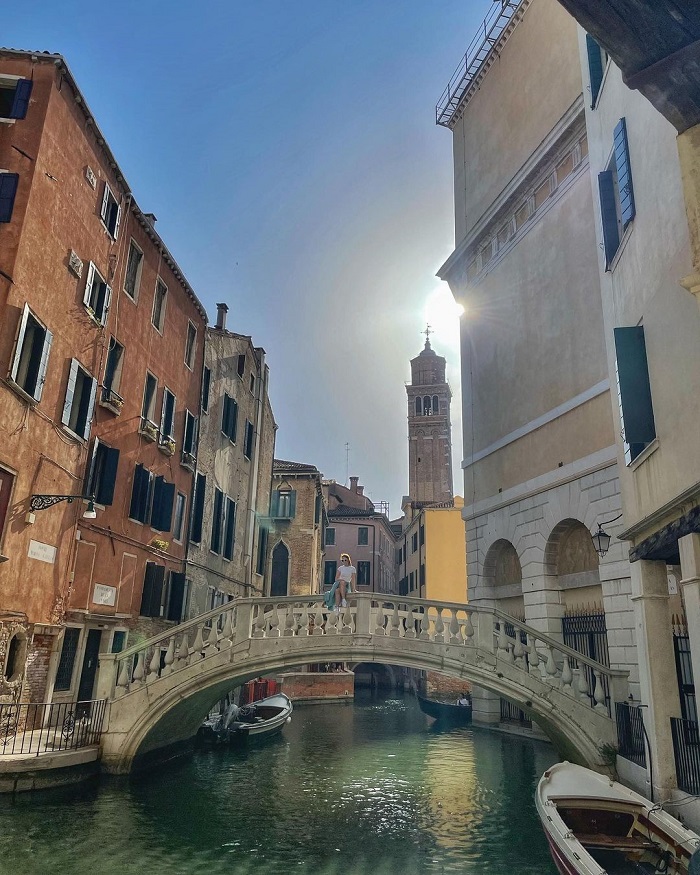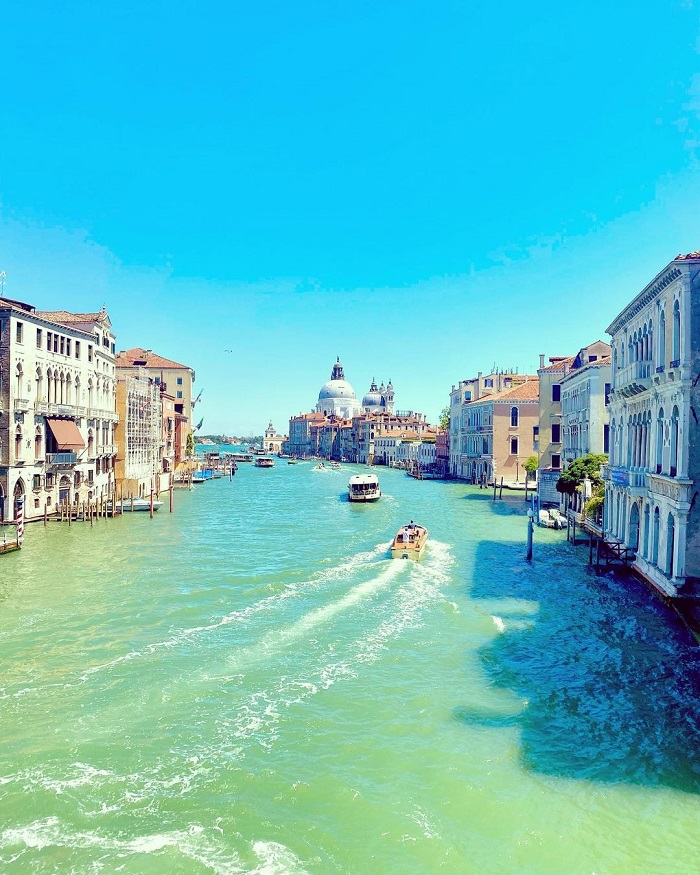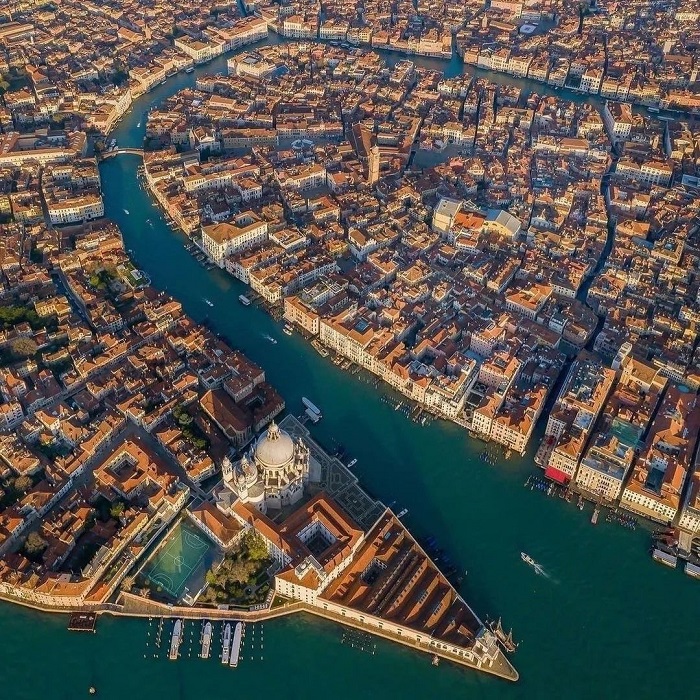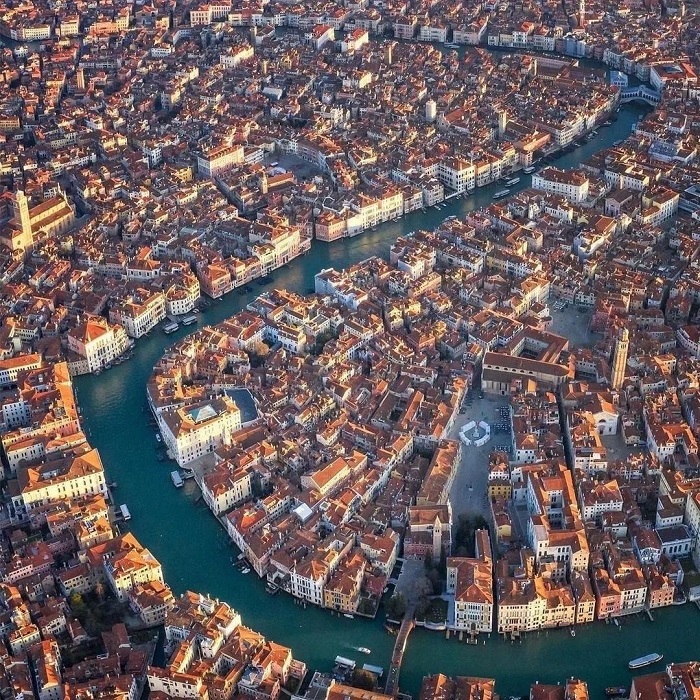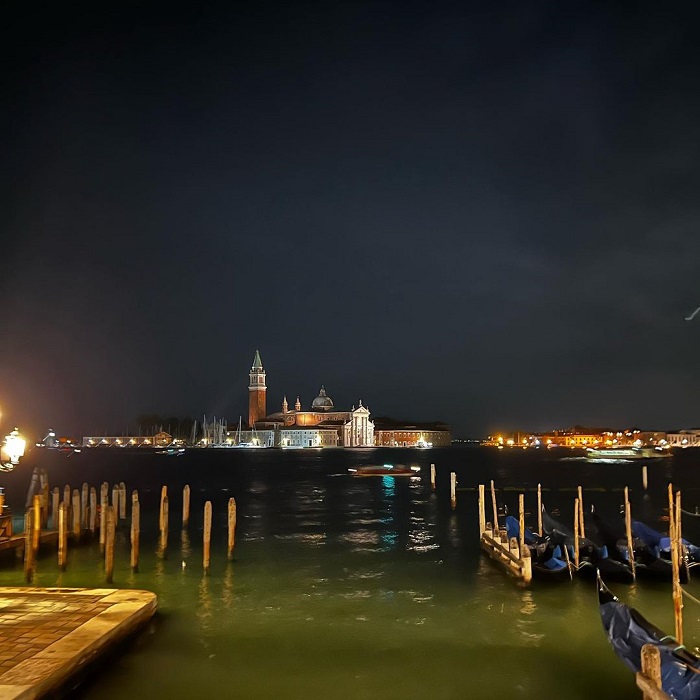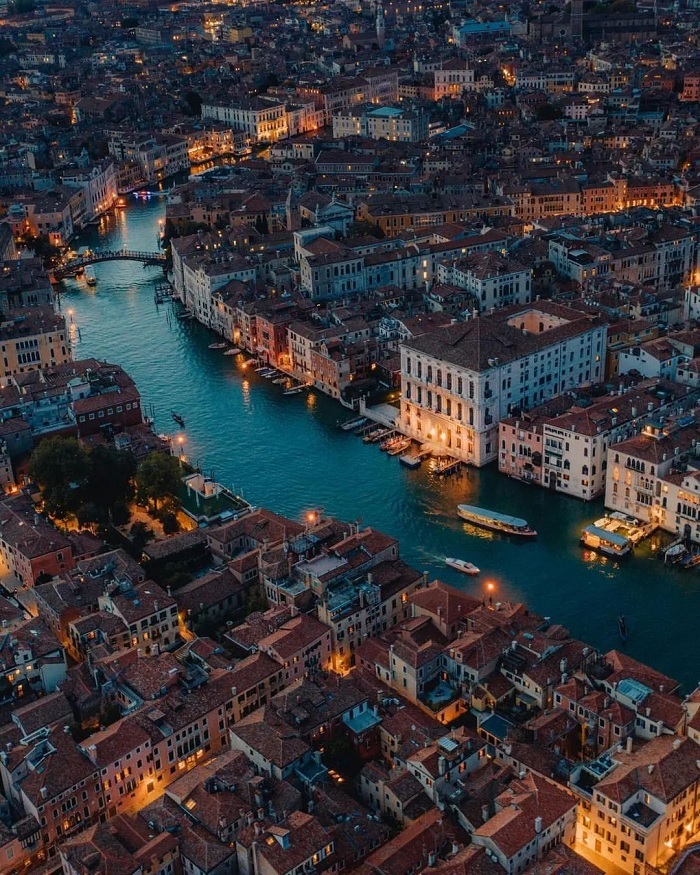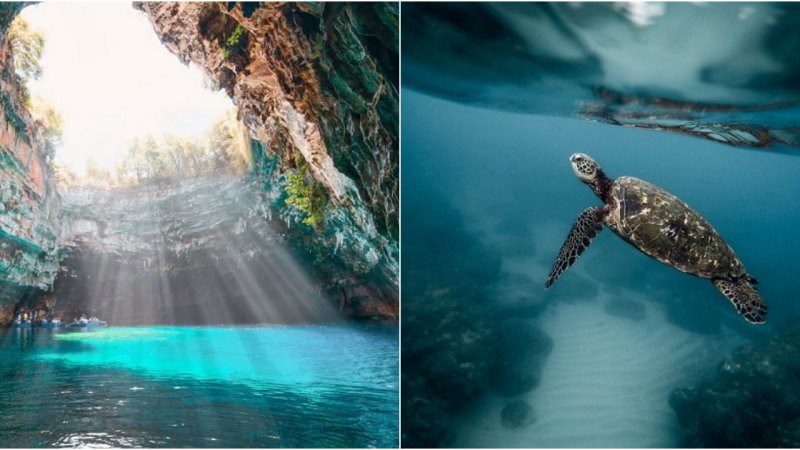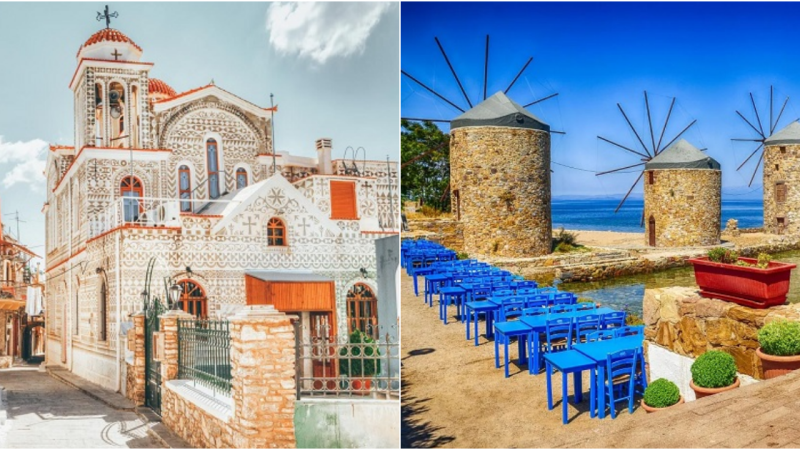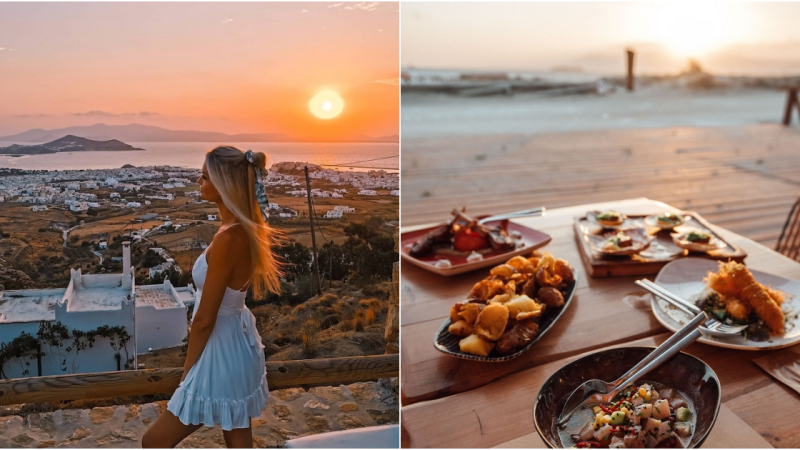Cruising the Grand Canal of Venice on a traditional gondola boat
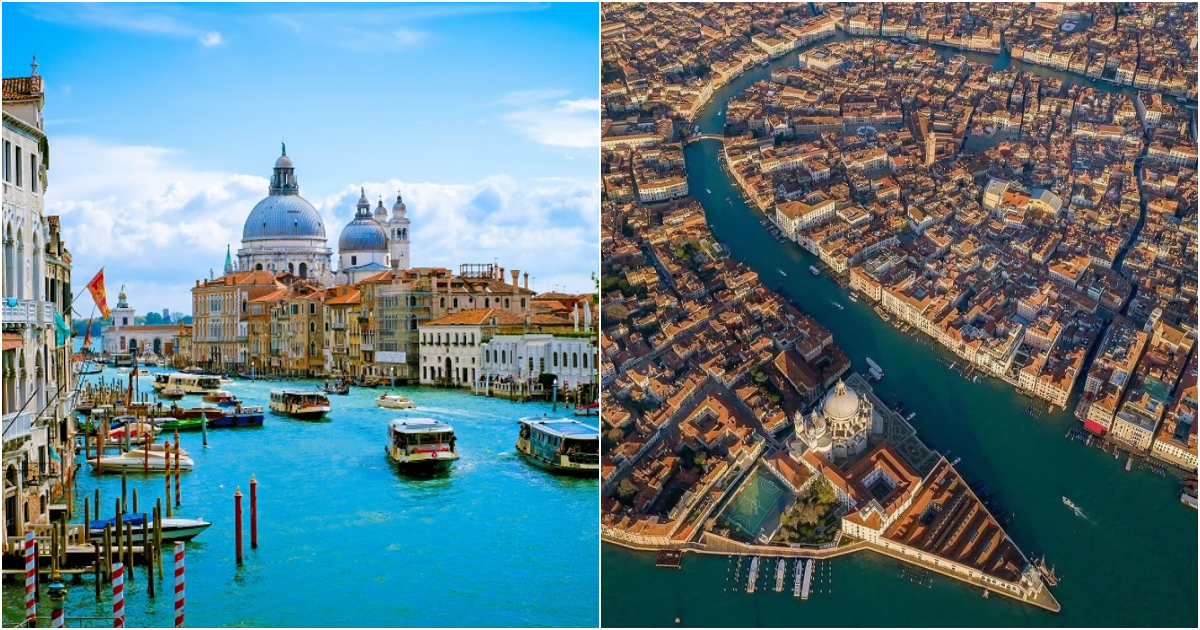
Gliding along narrow waterways and hidden corners, and admiring the centuries-old palaces on both sides of the water is an enchanting experience.
In a city built on water, the most important thoroughfare is not a street but a canal. The Grand Canal in Venice is the main artery of the city, a 2-mile-long S-shaped waterway surrounded by some of the most important buildings of Venice.
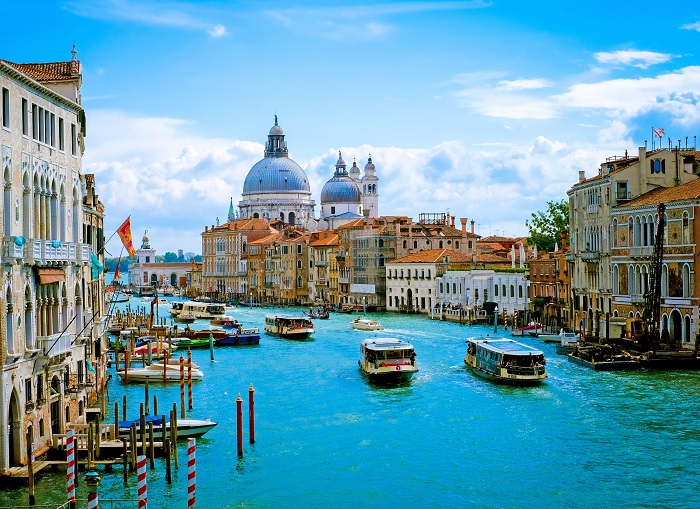
Although the maritime and commercial empire of Venice is a thing of the past, the Grand Canal remains the heart of the city, where people and goods still flow in and out. Standing on the bank today, enjoy the fascinating ebb and flow, the constant movement of life as the world passes by.
The history of Venice is intimately tied to its canals. During the Middle Ages, the Republic of Venice was a maritime and commercial superpower when much of Europe was divided and politically fragmented. Waterways led to La Serenissima, a small yet strategically positioned city in the lagoon.
Stable institutions, innovations, and random strategic locations allowed it to compete and rival other powers on both sides of the coast, maintaining and enhancing its wealthy status as an exclusive trading center. For centuries, it could be said that the beating heart of the modern world lay in Venice, the city of islands with its winged lion calling out.
In the Middle Ages, the rulers of the Republic would sail as part of the ceremony of the Sposalizio del Mare (Marriage to the Sea), to pray and cast a ring into the waters. The canals and the sea brought fortune to the Republic of Venice. However, in winter, the streets and shops in Venice were reclaimed by the lagoon, and slowly the ancient walls crumbled away. Recent studies show that Venice is subsiding by 1-2 mm every year, perhaps unavoidable due to its human conquest of nature, but the sinking is exacerbated each year by the impact of humans like the giant tourist ships allowed into the Grand Canal.
The main street of Venice is filled with gondolas and boats transporting goods to nearby markets.
Exploring the Grand Canal of Venice
The city of Venice consists of several islands, each connected by a network of canals. The Grand Canal of Venice is the largest canal among these waterways. This gigantic canal, resembling a river, runs from one end of Venice to the other before forming an S-shaped curve cutting through the geographical center of the city.
There are only four bridges crossing the grand canal since most pedestrian and vehicular traffic moves alongside the canal rather than across it. You can stroll along the canal, marvel at the architecture of the buildings lining the water, and observe the activities on the water.
The Grand Canal of Venice is a major tourist attraction and a vital link between other famous landmarks of the city. The main street of Venice is filled with gondolas and boats transporting goods to nearby markets.
The Grand Canal is world-renowned for its awe-inspiring centuries-old palaces on both sides of the water.
One of the most popular evening activities in Venice is touring the palaces after dark to see their sparkling interiors illuminated. Here is a list of places and activities to do along the Grand Canal from San Marco to Ponte della Costituzione.
